It’s the New Year and you have big ideas for WHAT you want to achieve in your business in 2022. You know a good content marketing plan can help you achieve your business goals, but you may not know exactly HOW you’re going to get it all done … or maybe you’re not even sure how to start. Sound familiar?
Content marketing can feel overwhelming, especially if you’re a small shop and don’t feel like you have the time or resources to get it all done. But, no matter what size your business is or what your resources are, you need a marketing plan to achieve marketing success. Taking the time to plan and create a process and/or system that will help you implement the plan will ultimately save you a lot of time, money, and stress and will certainly help you achieve your goals by the end of the year.
Let’s look at two important marketing tools:
An Editorial Calendar…
Directs the content by setting high-level themes over a long period of time, usually the course of a year.
A Digital Marketing Plan …
Is a document in which you strategically map out your objectives, as well the actions you’ll take to achieve those objectives. The plan can include business goals, digital strategies you’ll use to meet those goals, competitive landscape analysis, timelines, budgets, digital channels, and more.
Seeing the Big Picture
Using both of these two tools best serves larger organizations where a Director may dictate the overarching topics and marketing goals and capture them in an editorial calendar, but then the various tasks and content creation are delegated to a team via the content marketing plan. BUT, for small businesses and entrepreneurs with tiny or non-existent teams, generally something that combines the two helps streamline the process and makes it more efficient for one person or a very small team to manage.
So, for the purposes of this blog, let’s assume we’re creating one document that acts as both an editorial calendar and your digital marketing plan.
The Editorial Calendar
Before you start picking themes and topics and creating content around them, you’ll want to be sure that you’re truly thinking about your audience. When it comes to effective content marketing, you need to ask, ‘what does my audience need and want? How is my content going to solve their problems and fulfill their desires? What is the why behind each content marketing piece I’m creating?’
Your editorial calendar will keep you organized. You plan ahead of time, and then you simply follow the plan. It’s a way to ensure that the content you share reflects your brand and supports your goals and objectives for the year. AND, the added bonus is you can set things up in such a way that you have all your themes, topics, and actual content (for emails, blogs, social posts, e.t.c.!) in one place.
Why You Need an Editorial Calendar
For a more detailed look at the list below, read my blog post, 11 Reasons to Use an Editorial Calendar. This can really save you time
- Maintain consistency
- Helps prevent writer’s block
- Saves time
- Ensures your content is current
- More easily manage projects and teams
- Organizes creative assets (video links, images, copy content, graphics)
- Supports your lead generation efforts
- Helps you lay out your social media strategy (big time saver!)
- Reduces your stress
- Easy access to your evergreen content
- Enables you to better manage guest bloggers and/or podcast guests
What to Include in Your Calendar
- Important dates (events, seasonality, holidays, etc.)
- Themes/Topics/Subtopics
- Posting timing (daily, weekly, monthly, etc.)
- Key distribution channels (website, n
Digital Marketing: Planning Is Everything
As mentioned above, the digital marketing plan part of your editorial calendar captures exactly what you’ll be sharing with your audience, how you’ll be sharing it, and where you’ll be sharing it. It’s granular and detailed. It’s comprehensive but can also be flexible.
Nine Steps to Create a Digital Marketing Plan
But first, let’s be frank. Most small businesses or entrepreneurs aren’t going to be able to do all of these nine steps well. Some of this is simply a lack of time or other resources. BUT that said, some of these are necessary in order to get marketing successfully started and deliver the results you want.
The items in orange are what I consider necessary, even for micro businesses. The rest are absolutely valuable, but when your resources are limited, you’ve got to do the best you can do with what you have … which means prioritizing. As your business and resources/team grows, you can be more comprehensive about this list.
1) Define and Set Goals
Create SMART goals (Specific, Measurable, Achievable, Relevant, Time-bound). These goals are clear and measurable with specific numbers and timeframes so you can track your progress.
2) Define Your Audience
If you don’t know who your target audience is, your marketing efforts will not be efficient or successful. Remember, you’re NOT talking to everyone. You’re talking to a defined persona that represents your ideal customer. Determine the different segments of your audience and then build personas of your ideal customers.
3) Conduct a Competitive Analysis
Identify who your competitors are and calculate your market share. What digital channels are they using? What is their brand personality and message tone? What are their strengths and weaknesses? When you see what your competitors are doing, you can also see what you can do differently.
4) Conduct a SWOT Analysis
SWOT stands for Strengths, Weaknesses, Opportunities, and Threats. This approach and analysis helps you identify what is and isn’t working for your business. You need this information so you can make decisions and changes to your marketing tactics so that things DO work better for you and bring you closer to achieving your goals. There’s no reason to keep spending time and money on a tactic that doesn’t deliver good results.
5) Determine Your Budget
Even for a micro business or a solopreneur, it’s important to determine your marketing budget, in terms of both time and money. Look at what you did last year and what you want to accomplish this year. Is there something you can change, add, remove, etc, that will help you? Where does it make sense to spend money and where does it make sense to wait? Everything from applying SEO, refreshing your website, utilizing pay-per-click ads, hiring a copywriter to help you finally nail your lead generater email sequence … all of these things require some resources. (If you’re unsure, you may be ahead of yourself. Take the time to assess 2021 and then move to 2022!)
6) Identify Your (Digital) Channels
Look at your goals, budget, and where your audience can be found to determine what content platforms you need to use. Don’t spend time creating graphics for Instagram or Pinterest if your audience is only playing on LinkedIn. Don’t spend tons of time posting to social media channels if email is where you get the most response. Choose strategy over prolific posting. Is your target audience using Instagram, LinkedIn, or are they big webinar or video fans? Be sure your resources are being used on your most effective channels.
7) Develop Specific Tactics
If strategy is the intent behind your marketing, then tactics is putting the intent into action. The tactics you choose and HOW you market will be informed by a number of things, not the least of which is your brand messaging. Determine where you need to be and then develop specific tactics that will resonate with your ideal audience.
8) Create an Editorial Calendar
Ideally, you’ll map out a full year, but the bulk of details will be in the upcoming quarter. A calendar is a great visual for seeing deadlines, assigning work, and holding everyone accountable.
9) Measure results
The last step in your plan is to measure how your marketing efforts performed. How do the results compare to what you intended? Use metrics and key performance indicators (KPI) to find out. If you’re unsure how to do this (or what a KPI would be in your business), it might be worth planning for some setup and analytical help in your budget. Having someone teach you HOW and WHAT you need to track so you understand what’s workign or not can be a very worthwhile investment.
HOW to Create Your Content Marketing Calendar/Plan
There are lots of different ways you can approach creating your calendar and plan. BUT, you have to weigh out how you work and/or how you and your team work. Ask …
- Are you visual?
- Does a checklist work best for you?
- How often do you change your mind? (This will also inform which solution is best for you.)
- What do you need to keep organized? (Things like: Naming conventions, Graphics, Timing, Who’s assigned what?)
But at the end of the day, it breaks down into two approaches: manual or digital solutions. It’s very common to start with one and end up with another as you, your business, and your budget and resources grow.
Manual Solutions
- Notebook
- Wall Calendar
- Whiteboard
- Excel Spreadsheet (I started here)
- Google Sheets
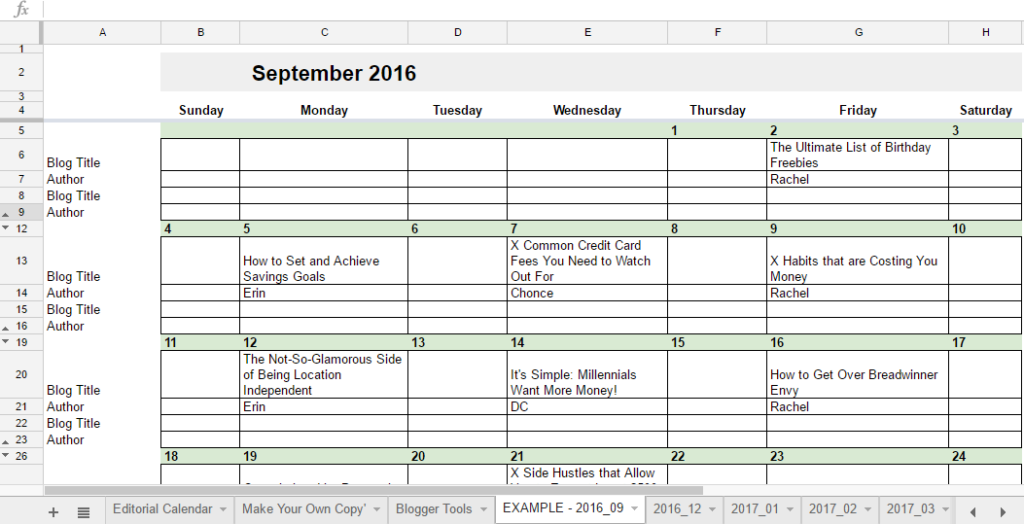
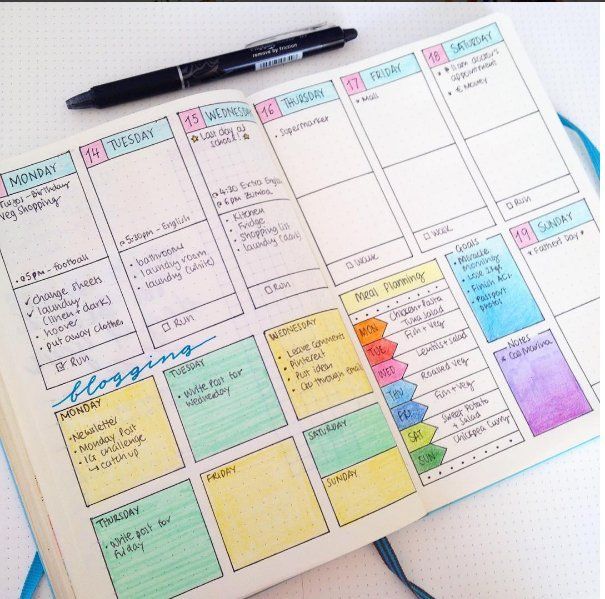
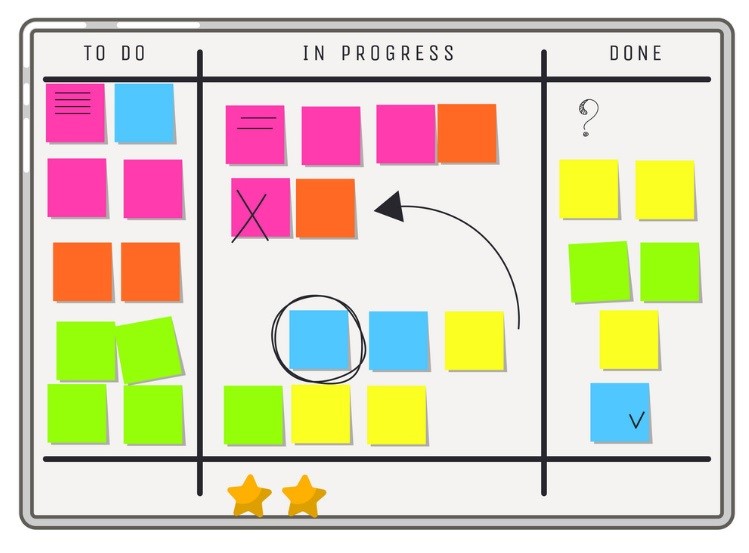
Software/App Solutions
The two main benefits of going with a sofware/digital solution is that changes are easier to make and everyone is notified and/or kept in the loop when changes do happen. Here’s a limited list of some options:
- Hubspot
- Trello
- Asana (my current solution)
- CoSchedule
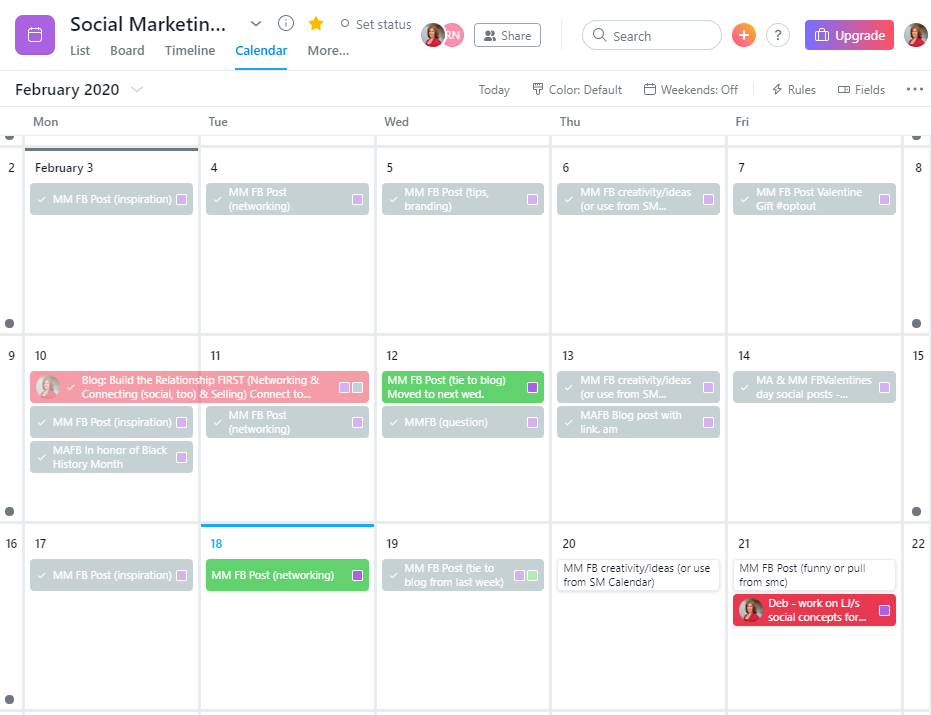
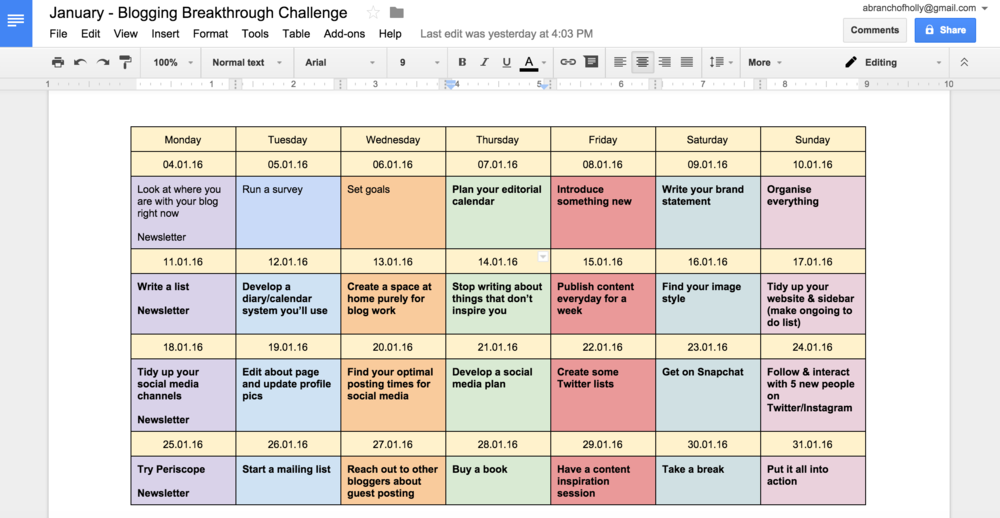
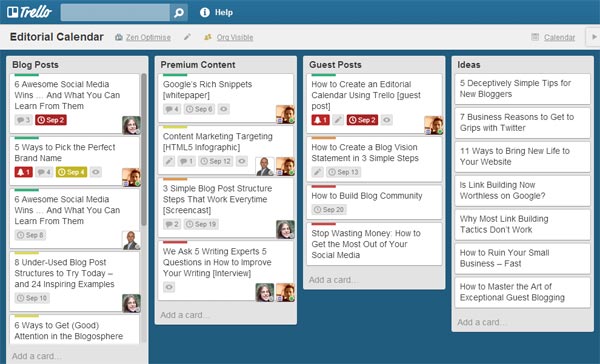
If you’re new to digital content marketing and really don’t have a budget to get some help, try sarching for social media content calendars you can purchase. For fairly low cost, you can get a year’s worth of prompts, ideas, and quotes.
Need Help?
I know these steps seem involved. They do require time and organization up-front, but they save a lot of time (and stress!) later. And the definitely put you on track to meet your marketing goals.
If you need guidance to create the right marketing plan or want help implementing any part of your plan in 2022, we’re here to help! Simply schedule a call to get started.



0 Comments